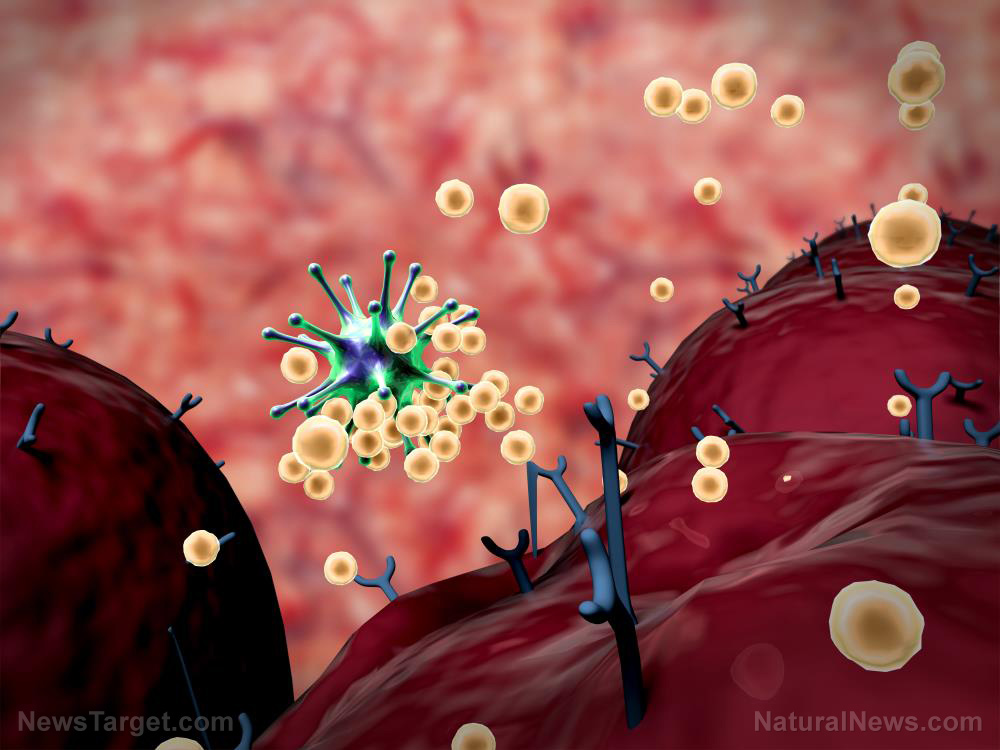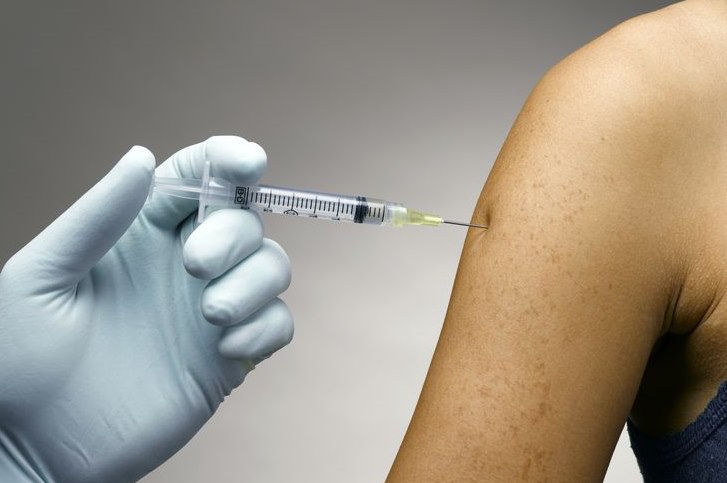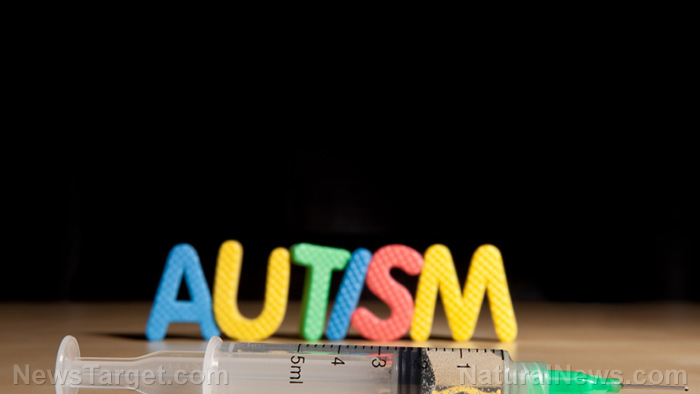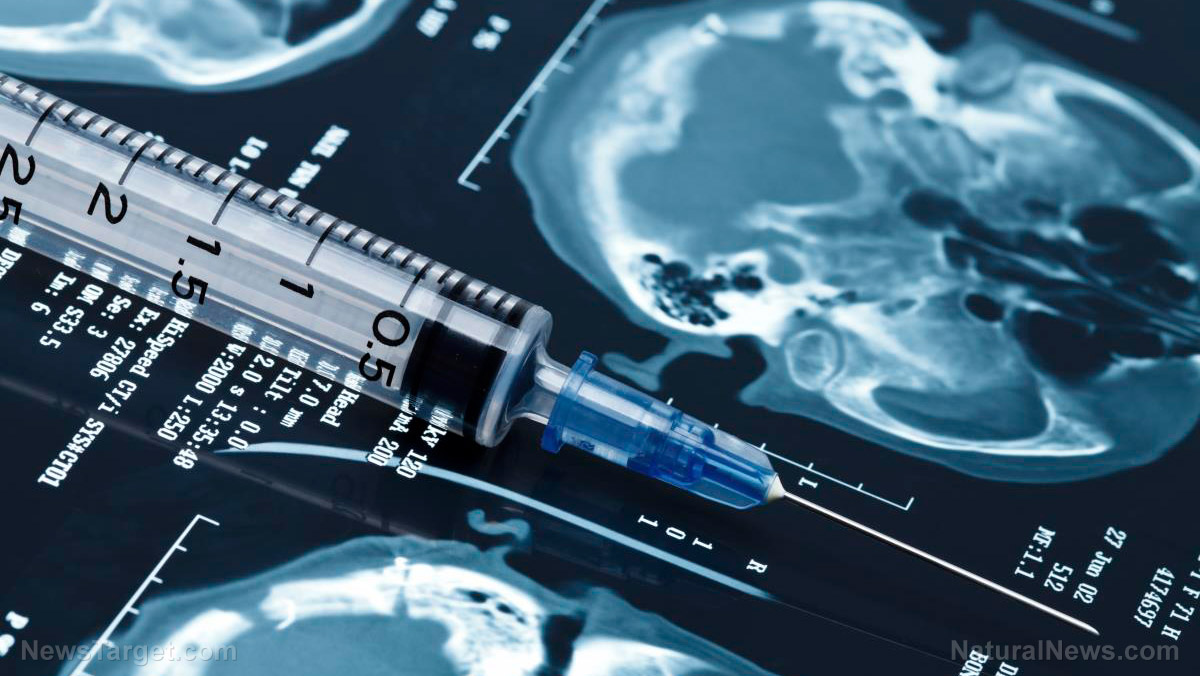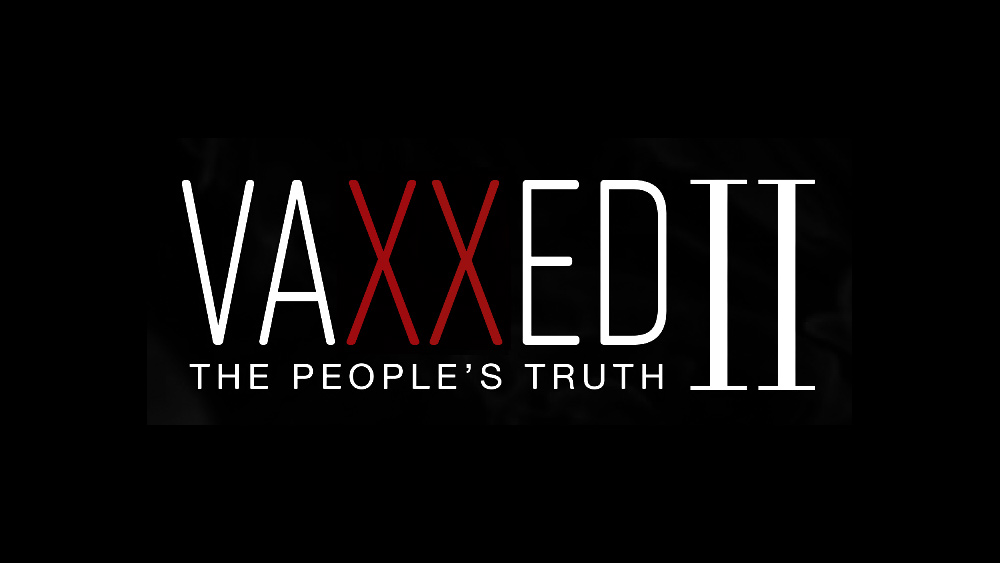Psych drug use skyrockets in U.S. prisons
05/11/2018 / By Isabelle Z.

Psychiatric drug use is rising throughout the country, and one segment of the population where the increase has been particularly sharp is among inmates. In fact, the number of California prisoners who take psychotropic drugs has risen by 25 percent in just five years. Now, one fifth of the state’s county jail population is taking such medications.
According to Sacramento consulting firm California Health Policy Strategies, the rise could be a consequence of the increasing numbers of inmates who suffer from mental illness. The group also suggests that better identification of those who need treatment is contributing to the increase.
As community-based treatment and psychiatric beds remain sorely lacking throughout not only California but the entire country, jails are essentially becoming places to send people who are in the midst of an acute mental health crisis. Experts say the justice system is simply overwhelmed with mental illness.
Predatory marketing and prescribing practices on the part of pharmaceutical companies and doctors are also playing a big role in prison psychiatric drug use, just as it is in the general population. Prisoners are typically screened upon arrival, then placed on psychiatric drugs to treat whatever “disorders” those examining them claim they have. After they’ve served their sentence and been released, they may end up committing more crimes because of the aggression these drugs often cause, leading them to be incarcerated again and start this highly profitable cycle all over again.
In Oklahoma, the percentage of inmates who were diagnosed with mental illness doubled in the last five years, and numbers are rising throughout the country. The National Alliance on Mental Illness reports that American taxpayers spend around $9 billion a year on these drugs for inmates.
American Jail Association President Esteban Gonzalez told the Wall Street Journal: “In every city and state I have visited, the jails have become the de facto mental institutions.”
Drugging prisoners to make them more docile
Of course, there’s also the fact that much like teachers insisting spirited children take dangerous ADHD drugs to make them easier to manage, prison employees often find it easier to control inmate populations when they have been essentially sedated.
Mental Health America President and Chief Executive Officer Zima Creason said: “Sadly, they just throw a bunch of pills at them because there is nothing else.”
This is due, in part, to the fact that many jails lack sufficient outdoor spaces and exercise yards where people can experience true healing through connecting with nature and improving their health.
Creason added: “Jail is not conducive for real recovery. We are never going to put a dent in the numbers unless we provide a therapeutic environment.”
Giving inmates antidepressants can backfire
With antidepressants, the opposite effect is often seen as these drugs often have the effect of making people more violent. While depression rarely leads to violence, antidepressants are another story entirely. Experts say that SSRIs have caused a scary rise in mass murders and other violence.
Psychiatrist David Healy said: “Violence and other potentially criminal behavior caused by prescription drugs are medicine’s best kept secret. Never before in the fields of medicine and law have there been so many events with so much concealed data and so little focused expertise.”
Inmates can even be given drug treatment involuntarily with a court order, opening up the possibility of abuse.
Many of the perpetrators of some of the most horrific mass shootings in recent years were taking SSRI drugs, so it’s easy to see why giving them to so many prisoners, especially unnecessarily, is such an awful idea – for everyone except the drug makers who profit, of course.
Sources for this article include:
Tagged Under: Antidepressants, Big Pharma, depression, jail, mass murder, mass shootings, mental health, Mental illness, prisoners, psych drugs, SSRIs, violence



